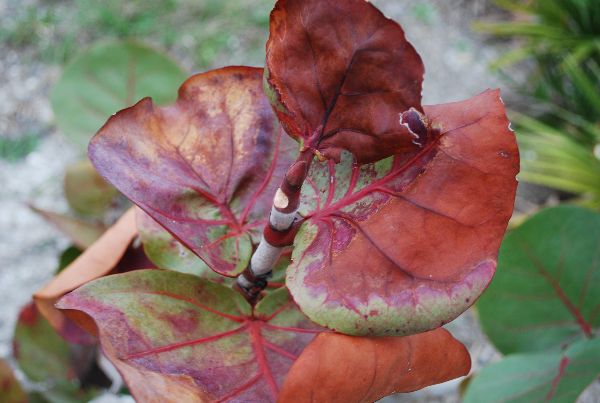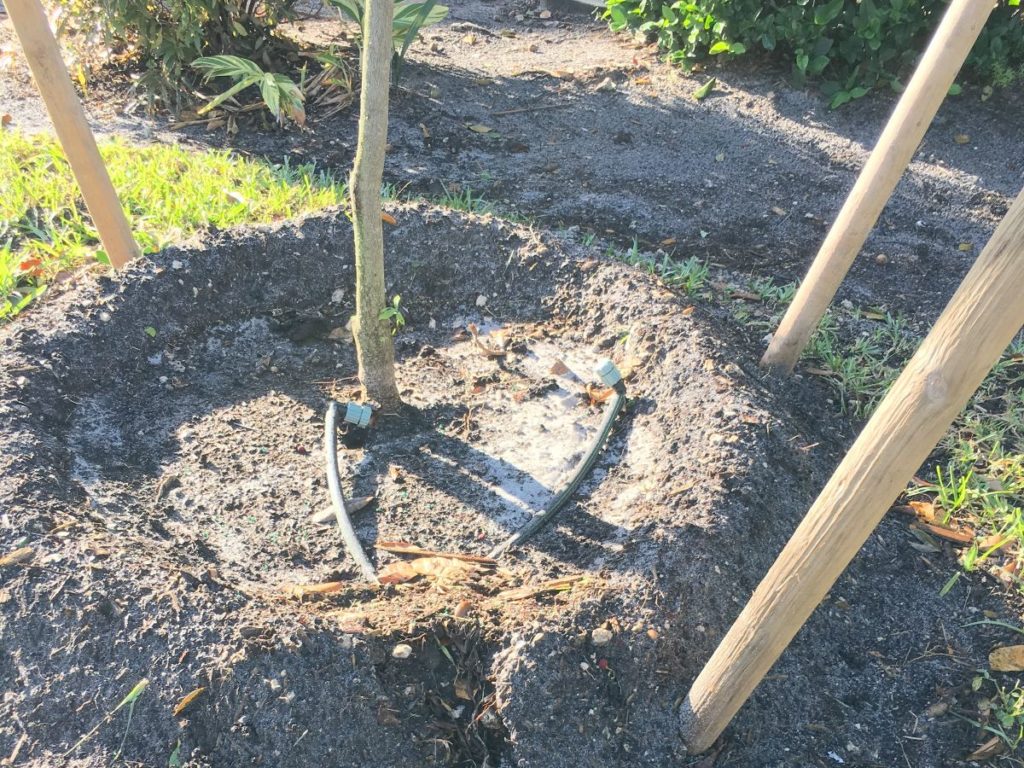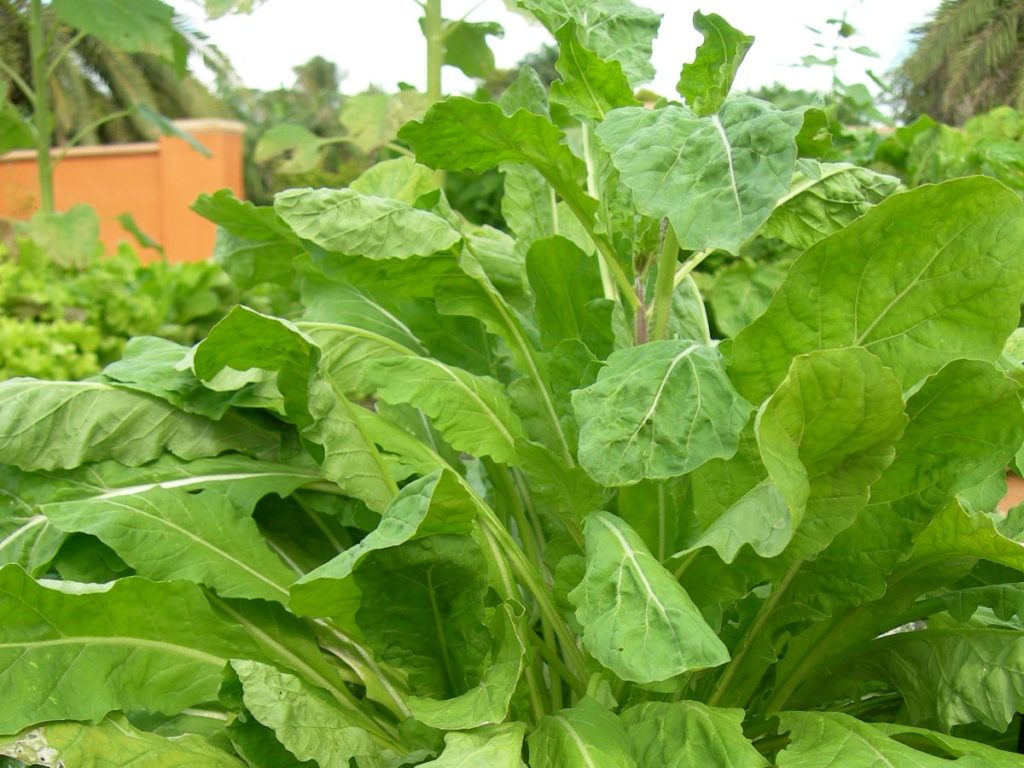
We live in paradise but growing a landscape or veggie garden is different here. Whether you are a long-time green thumb or a newbie, you can have beautiful plants and a garden that is the envy of the neighbors. How does your garden grow?
The surf, sand, and sun are some of the reasons many of us have come to call this place home. The same things – sunshine, warm temperatures, and year-round growing conditions also encourage the growth or things not so green and the gardener to crank up the irrigation systems, plant an abundance of plants, adapted or not, fire up the fertilizer spreaders, and the bug & weed sprayers.
For years I offered advice and guidance to gardeners and green industry through real-time education and newspaper/online columns. A New Year suggests it’s time to change things up a bit.
A new Yard Doc website is up and running. Check it out! I’m very excited about the opportunity for you to book virtual consults for socially-distanced help.
This monthly newsletter, which will endeavor to offer tips and advice on seasonal changes and tasks, should be another resource to help you get growing. We will take a look occasionally at new plants and new pests that come our way. New year, new yard! Let’s go!
Tips: Florida Gardening in January

Cold – The weather has been chilly, some say downright cold. Here are a few thoughts on dealing with the cold.
Tropical plants and palms such as ginger, heliconia, banana, Adonidia (Christmas palm), coconut, areca palm and Buccaneer palm can easily suffer damage to leaves, stems or buds. Damage to the leaves is usually temporary and the plants will recover. Let the leaves stay on the plants until danger of cold has past and then prune to remove the damage.
Ixora, hibiscus and cocoplum may have dead branch tips; wait until the weather has warmed to prune off any damaged branches and stem tips. Plants such as bananas and gingers may be burnt to the ground; this damaged plant tissue may rot, so remove it if it becomes soft. Once pruned, plants tend to push tender new growth which is much more likely to suffer from a bout of late season cold.
Palms are particularly susceptible to damage to the bud or growing point when temperatures drop to freezing and below. This damage may be physical and may kill the palm outright. However, the cold may also cause a wound. The damaged tissue is at risk to infection by fungus or bacteria.

Trees – January is for the trees.
National Arbor Day is celebrated each year on the last Friday in April. However, here in Florida, the 1945 State Legislature designated the third Friday in January as Florida Arbor Day. This is the time of year when the climate is optimal for planting trees. So go forth and plant!
Celebrate Arbor Day in a personal way by planting a tree yourself, one for a friend and one for your community. Make sure the kids get their hands dirty too and y’all have fun.
“The cultivation of trees is the cultivation of the good, the beautiful, and the ennobling in man.” – J. Sterling Morton

Veggies – Plant something! It’s gardening season.
Greens are easy to grow; the winter climate here is generally frost-free and the sun-angle high enough to keep the sandy soils warm. Collards, turnips, kale and the like prefer cool weather, full sun and well-draining warm soil. Plant collards by seed in rows, thin the plants and use the removed plants as micro-greens in salads. As the plants grow in loose heads, harvest young outer leaves about 30 days after planting while more mature, larger leaves will take about 60 days.
May your New Year be full of health and wealth. Garden with abandon, it’s good for you, body and soul. Plant an extra row when gardening and donate the surplus to the local food pantry, homeless kitchen, or women’s shelter when you harvest.
Lovely article helping me better understand cold damage and winter gardening!
Thank you, John. Keep warm!